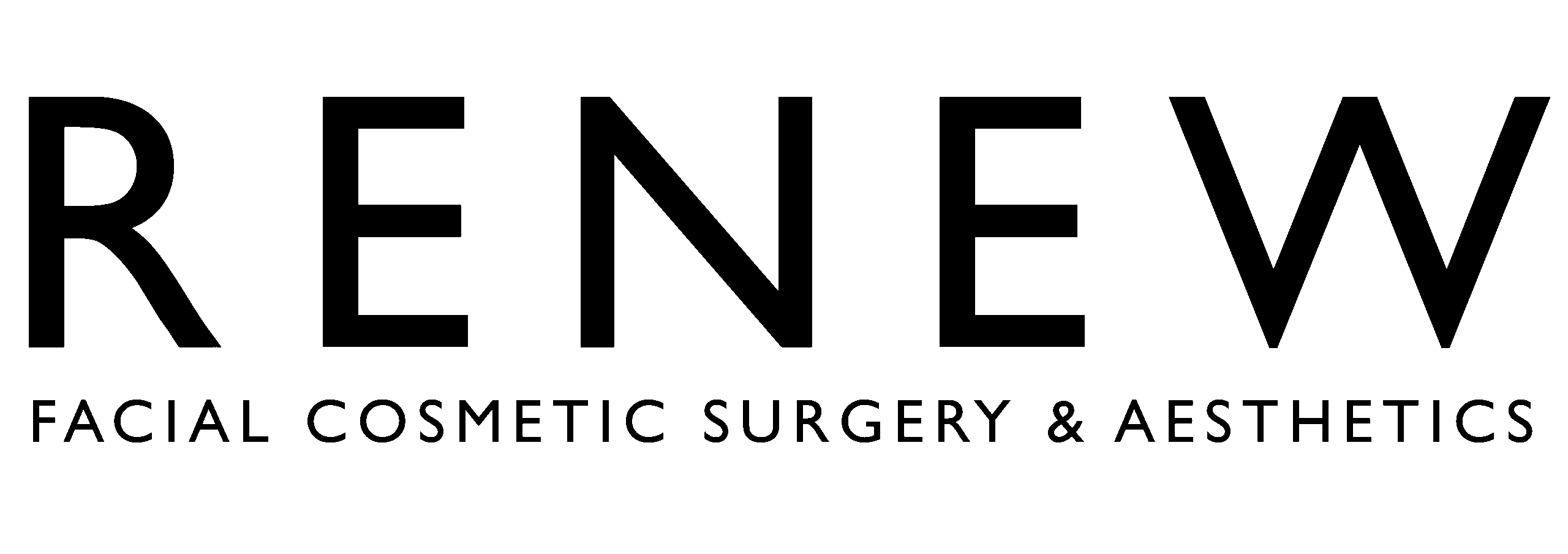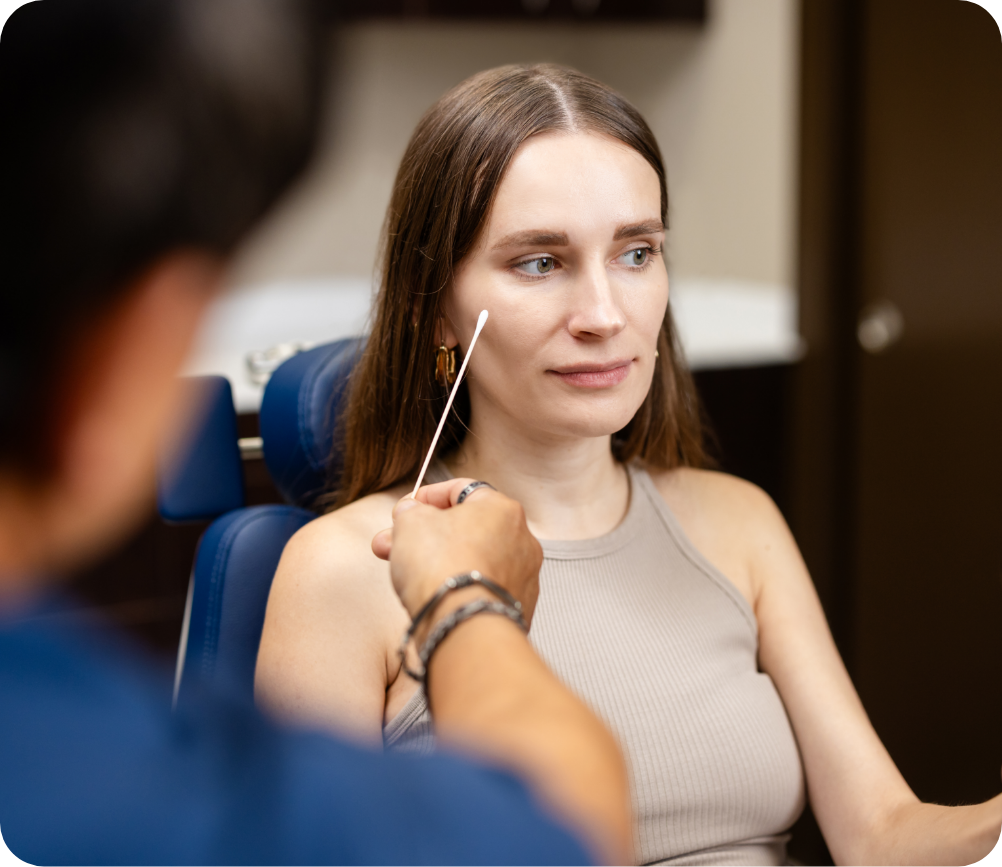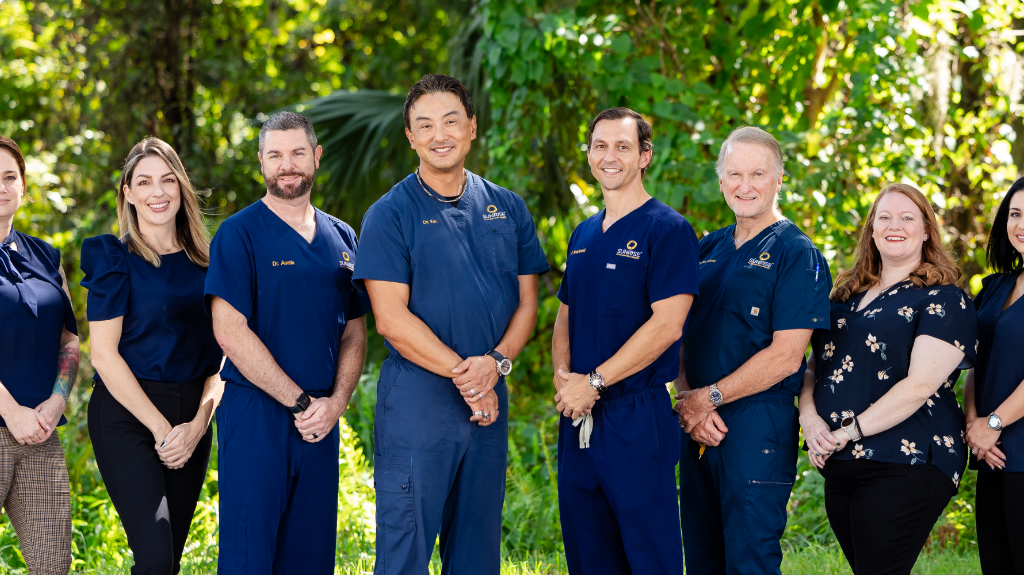This Article Has Been Medically Approved By

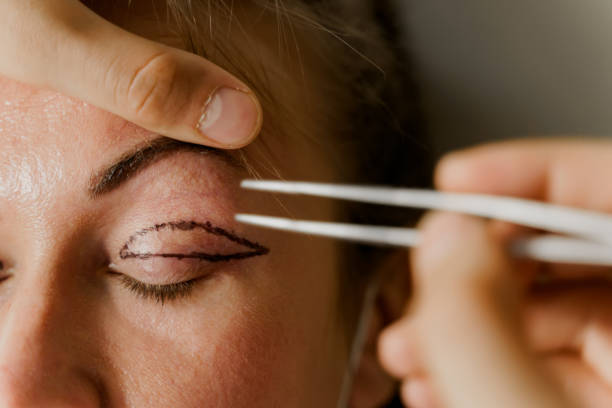
As the saying goes, the eyes are the windows to the soul. And with the new normal of constant mask-wearing, our eyes are getting more attention than ever. Blepharoplasty remains one of the most requested aesthetic facial procedures.
An eyelid lift can naturally enhance the overall facial appearance and help patients look years younger. The procedure can be done on either the upper lid, lower eyelid, or both.
Although upper and lower blepharoplasty procedures are often lumped into one category, they address widely different concerns. No two people age exactly the same. While an upper blepharoplasty may be right for one patient, a lower might be better suited for another.
Both heredity and aging can influence the appearance of the orbital area. The upper lid begins to show evidence of aging almost before any other facial feature. People usually choose this surgery for cosmetic reasons; however, it’s also an excellent way to improve sight in older patients whose sagging upper eyelids have obstructed their vision.
Am I a good candidate for eyelid surgery?
Generally, candidates for eyelid surgery are healthy individuals that don’t have any serious eye conditions or medical conditions that would impair healing.
While most candidates are 35 and older, those with naturally baggy or droopy eyelids may decide to have the surgery at a younger age.
Eyelid surgery treats:
An Upper Blepharoplasty can:
- Reduce the appearance of tired, puffy eyes
- Open the eyes (and improve field of vision) by removing loose or sagging skin
- Tighten underlying muscles for long-lasting results
- Improve self-image and self-confidence
A Lower Blepharoplasty can:
- Minimize the appearance of under-eye bags
- Address puffiness below the eye
- Smooth skin above the cheek
- Improve droopiness below the eye
- Refresh the overall facial appearance and boost self-image
Eyelid surgery can correct certain conditions permanently, while other results will last up to seven years. However, patients rarely need to have lower eyelid surgery repeated.
You will continue to age naturally after the procedure; therefore, life-long sun protection is a must to maintain the best results.
Does Insurance Cover Blepharoplasty?
For the most part, insurance companies do not cover cosmetic surgery when it’s performed for cosmetic reasons. If you’re interested in an eyelid lift to look more youthful or awake, the odds are that your insurance company won’t pay for the procedure. It can be a different story if you need a functional blepharoplasty. You would need to consult an ophthalmologist and they will tell you if you are a candidate for this procedure and if your insurance will cover the surgery.
What Happens During Eyelid Surgery?
Blepharoplasty can be performed on upper eyelids, lower eyelids — or both at the same time.
During surgery, incisions are made in the natural folds of the eyelid, in the crease of the upper eyelid and just beneath the lashes or behind the lower eyelid. This way, incisions are virtually unnoticeable after they have healed.
Dr. Kim will make judgments about how much skin, muscle and/or fat to remove, based on a preoperative evaluation of factors such as your underlying facial muscle structure, bone structure and the symmetry of your eyebrows.
While you are lying down during blepharoplasty, Dr. Kim will make precise markings to designate where excess skin and fat pads need to be removed. Some underlying muscle also may be removed.
These tissues are removed with surgical instruments such as scalpels, surgical scissors, or cutting lasers. Dr. Kim may use a carbon dioxide (CO2) laser to enhance the procedure by resurfacing skin and smoothing out any remaining wrinkles in the eyelid and eyebrow area. Sutures are carefully applied to smooth and reconfigure areas around the eyelids.
See before and after photo below. You can view our blepharoplasty before and after gallery here.
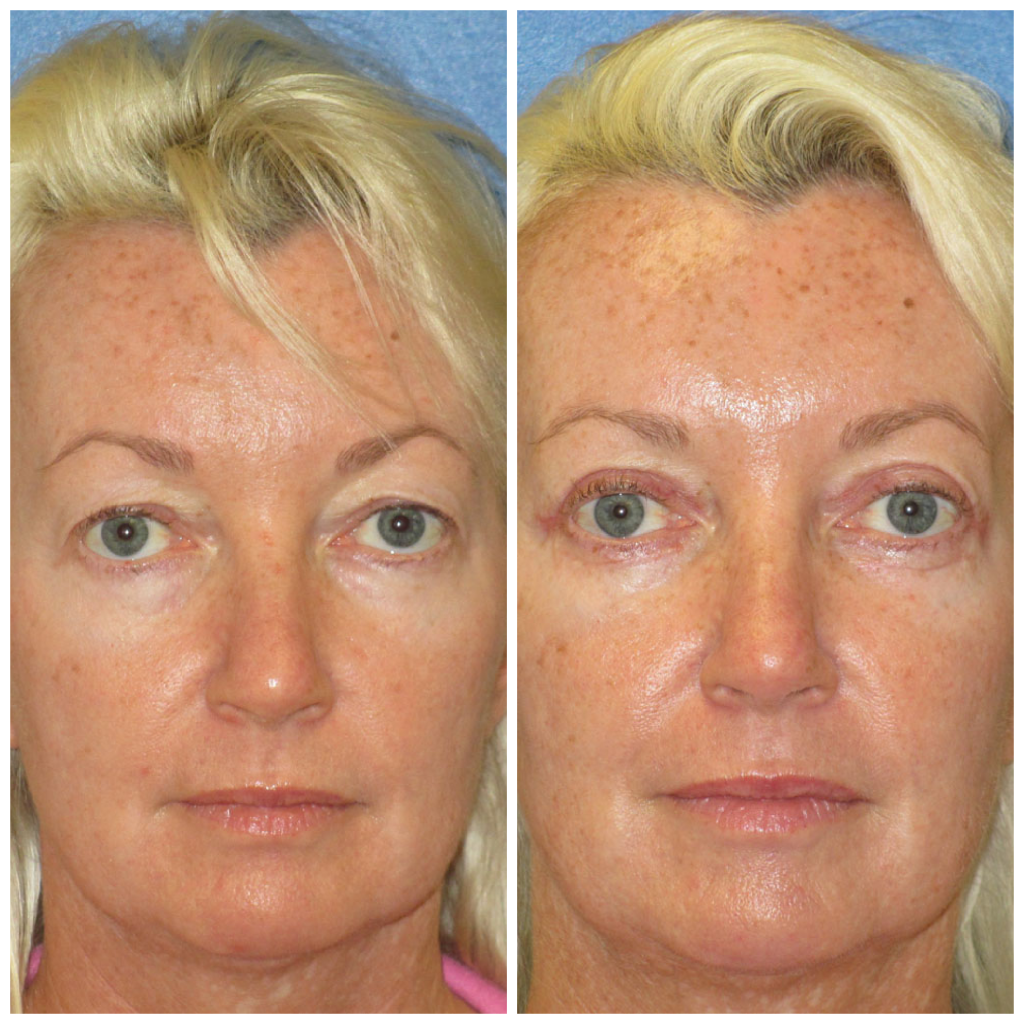
Recovery Tips
When your blepharoplasty is complete, you will be able to see a transformation in the appearance of your eyes. Sagging, loose skin will be removed, and your eyes will be opened up, making them look refreshed and more youthful. However, this doesn’t happen immediately, and you need to take special care during your recovery to ensure that you get the best possible result from your surgery. To help you do just that, here are our top blepharoplasty recovery tips.
Expect to look a little different
Before you can start to enjoy your new appearance, you will first need to accept that you may have inflammation, bruising and redness, these are very common, and many people prefer to stay at home until these fade a little.
Follow the care instructions provided
You will be given very specific advice regarding caring for your eyes while your eyelids heal. This will include everything from how long you need to wear your dressings to how to clean your eyes and face. You will also be told what activities you can and can’t take part in, for example, you will be asked to avoid swimming for at least a week. Follow these instructions exactly to reduce your risk of complications and improve your outcome from your procedure.
Don’t smoke
Smoking is the single biggest inhibitor of healing since it compromises the flow of oxygenated blood around your body. It also increases the risk of complications occurring. If you can’t quit altogether, stop smoking for at least a week before and after your eyelid surgery.
Take your pain medication as directed
There is nothing to gain by being in pain. Nevertheless, many people put off taking pain relief medication until they are in absolute agony. Unfortunately, being in pain can actually slow down the healing process as well as making life pretty miserable for you. If you are given pain medication, take them as directed as this will prevent your discomfort from reaching unbearable levels.
Raise your pillows
You will need to get plenty of rest to allow your body to heal. When you sleep, be sure to raise your pillows so that your head is higher than the rest of your body – and obviously sleep on your back. This will help to reduce inflammation.
Avoid facial cosmetics for up to a week
Cosmetics and moisturizers increase the risk of an infection developing as well as potentially irritating your healing wounds. Therefore, these should be avoided for around 7 days following your blepharoplasty.
Schedule a Consultation
If you are considering blepharoplasty surgery and would like more information about any part of the procedure, including what to expect from your recovery, schedule a consultation. Dr. Kim can address your concerns and can let you know if you are a candidate for this procedure. We have two convenient locations, Call Melbourne 321.725.5377 or Suntree 321.255.7724 (Rockledge).
